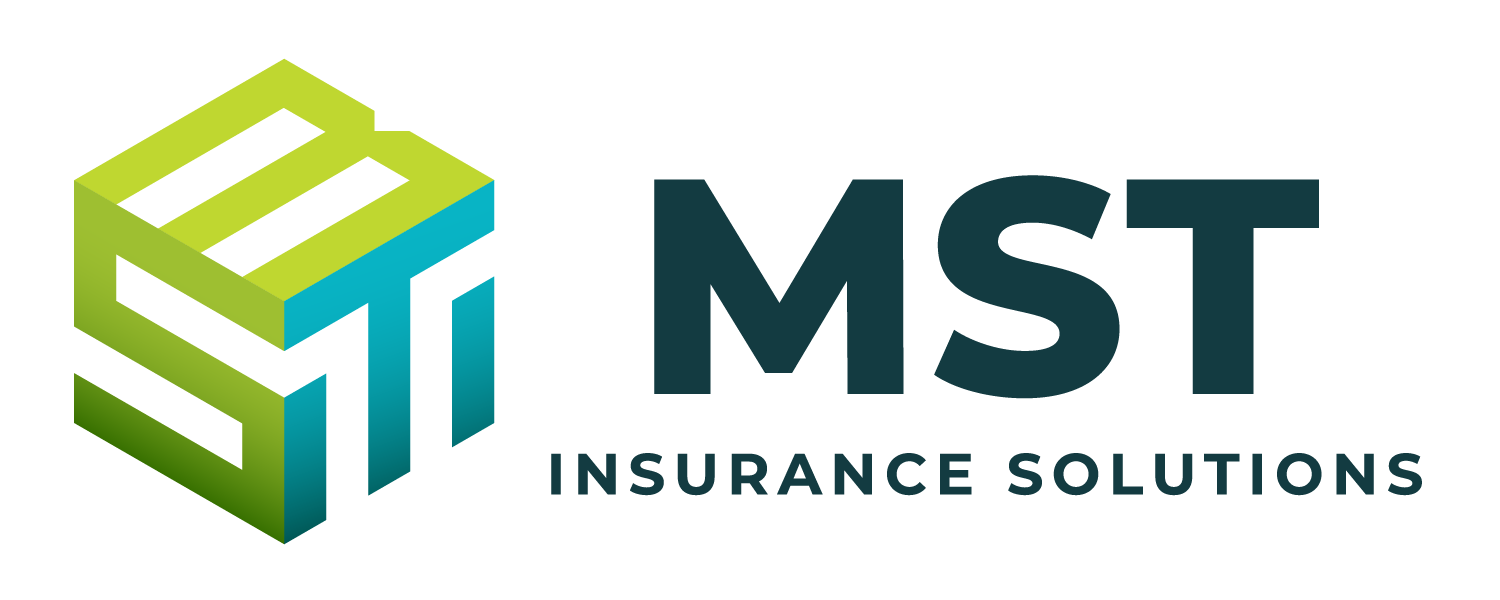When a workplace incident occurs, it’s crucial for your organization to respond appropriately by conducting a thorough incident investigation. Whether the incident caused property damage, led to occupational illnesses or injuries, or was simply a close call, such an investigation is a valuable practice for several reasons.
First, a workplace incident investigation allows your organization to determine whether employees’ illnesses or injuries are actually work-related, limiting the risk of fraudulent workers’ compensation claims. Second, an investigation can help your organization identify the cause(s) of the incident and implement necessary workplace adjustments to prevent future incidents (and workers’ compensation claims). Lastly, making the effort to investigate the incident will show your employees that you prioritize their safety, boosting overall staff morale.
Review this guidance to learn more about when to conduct a workplace incident investigation and how the investigation process works.
When to Conduct an Incident Investigation
Regardless of severity or circumstance, it’s important to investigate workplace incidents. That being said, your organization should execute an incident investigation in the following scenarios:
- If the incident leads to an employee’s injury or illness and subsequent workers’ compensation claim (e.g., a box falls from a shelf and strikes an employee upon landing, causing a spinal injury)
- If the incident contributes to an employee requiring minor first-aid assistance, but does not necessitate a workers’ compensation claim (e.g., a box falls and grazes an employee’s arm in the process, causing a small scrape)
- If the incident results in any form of property damage (e.g., a box falls and damages workplace equipment upon landing)
- If the incident is a “near-miss,” meaning that no property damage, injuries or illnesses occurred, but potentially could have (e.g., a box falls and lands directly next to an employee, but could have injured the employee if it landed differently)
An investigation should commence as soon as the incident takes place. Doing so will help ensure the most accurate investigation possible, considering the events of the incident will still be fresh in employees’ and witnesses’ minds. Delaying the start of an investigation can result in the omission of crucial incident details and increase the likelihood of contradicting accounts between those involved—thus minimizing the overall effectiveness of the investigation.
In terms of who should carry out the investigation, this depends on the nature of the incident and unique characteristics of your workplace. Such a responsibility is often delegated to whomever is in charge of the workers’ compensation program or organizational safety initiatives. Nevertheless, the investigation should be a team effort—members of senior leadership, workplace safety professionals and the HR department should all participate.
In addition, it’s crucial for your organization to include supervisors in the investigation, seeing as they will most likely have the best understanding of the area, task and any employee(s) involved in the incident. Supervisors will also likely be in charge of enforcing any workplace adjustments that arise from the incident.
Above all, anyone who participates in the investigation should be adequately trained to do so. Further, your organization should have clear protocols in place to ensure that the investigation will not be delayed in the event that any given individual is unable to assist with the process—whether it’s due to a vacation or involvement in other critical work duties.
Outlining the Incident Investigation Process
In order to maintain a smooth and successful workplace incident investigation process, your organization should a establish a written plan. This plan should include clear, easy-to-follow guidelines regarding investigation procedures. Be sure to implement the following steps within your incident investigation plan:
- Preserve and document the scene. First, make sure that anyone involved in the incident has received or is currently receiving proper care—especially if a serious or potentially fatal injury took place. Then, it’s crucial to preserve the scene of the incident as much as possible. This might require halting production or temporarily relocating any employees near the incident area. From there, be sure to document any relevant information regarding the incident—including witnesses (e.g., someone who saw the affected person before the incident, someone who does the same job or tasks as the affected person and the first person on the scene after the incident took place), any workplace equipment involved and the environmental conditions of the scene. Try to take detailed notes, photos and videos of the scene.
- Collect important information. Next, gather the following valuable information to establish a well-rounded narrative of how the incident occurred:
- A statement of what happened from the ill or injured employee (if applicable)
- Witness accounts of the incident
- Equipment or machine manuals, maintenance records and readings (if applicable)
- Employee training documentation
- Written workplace safety policies
- Any other relevant documents related to the incident
- File a workers’ compensation claim. If the incident resulted in an occupational illness or injury, contact your workers’ compensation insurer to begin the claim process. Provide the insurer with any valuable information or documentation that you have gathered on the incident thus far. Work closely with the ill or injured employee’s medical provider and your claims adjuster to ensure an effective recovery regimen, develop an appropriate return-to-work plan and keep claim expenses under control.
- Determine the root cause(s). By analyzing valuable information regarding the incident, you should be able to identify the root cause(s). Root causes are the underlying issues or failures that lead to workplace incidents. Such causes differ from immediate causes, which are the more direct, obvious factors that result in workplace incidents. Root causes do not focus on human error or employee behaviors, but rather on issues such as management concerns, poor workplace designs or operational failings. To help determine the root cause(s) of the incident, utilize a root cause analysis tool. One of the most common tools is the “five whys” method—named for the number of “why” questions you should typically ask in the wake of a workplace incident. To use this method, follow these steps:
- Ask yourself a simple “why” question regarding the incident (e.g., why did the employee slip and fall?).
- Review the answer to the question (e.g., there was a water spill on the floor).
- Respond to that answer with another “why” question (e.g., why was there a water spill on the floor?).
- Repeat this process—generally, at least five times—until you reach a final answer that sheds light on the root cause of the incident (e.g., the spill stemmed from a water leak in workplace piping, which resulted due to a lacking pipe maintenance program).
- Implement corrective measures. After analyzing and understanding the root cause(s) of the incident, it’s time to implement workplace adjustments to help prevent future incidents and potential workers’ compensation claims (e.g., new equipment, updated safety policies, bolstered maintenance protocols or additional employee training). Such adjustments are also known as corrective measures. When developing such measures:
- Make sure measures are specific, realistic, clearly communicated and helpful for reducing overall workplace risks.
- Consult incident documentation and employees across departments to help determine suitable corrective measures.
- Establish a specific timeframe for implementing these measures, and designate a particular individual (or group of individuals) who will be responsible for enforcing them. Hold the individual(s) accountable for their enforcement efforts.
- Conduct routine follow-ups. Once you have implemented corrective measures, it’s important to conduct routine follow-ups with supervisors and employees to evaluate the effectiveness of these measures. Make additional workplace adjustments as needed.
Contact us today for additional workers’ compensation resources.
For a copy of this notice, click here: WCI – Conducting Workplace Incident Investigations

